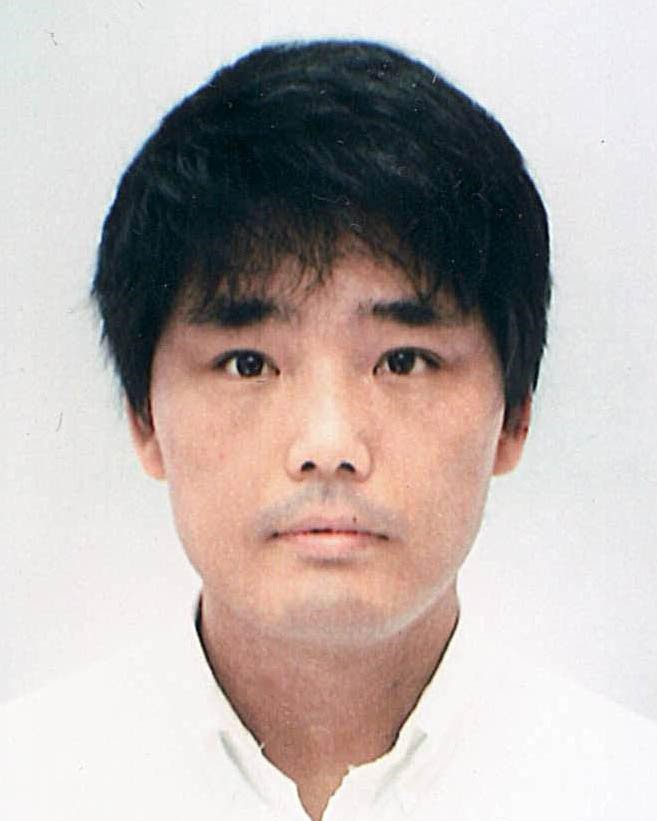Keynote Speech
-
Professor Zhiyong Liu
the Institute of Computing Technology, Chinese Academy of Sciences, Beijing, China -
Professor Takashi Nose
Tohoku University, Japan
Professor
Zhiyong Liu |
|
|
|
| Topic: | Cryo-ET Data Processing and Bio-Macromolecule 3-D Reconstruction |
| Abstract: | With the advance of structural biology it is desired that the 3-D structures of bio-macromolecules can be visualized. Cryo-Electron Tomography (Cryo-ET) is a powerful tool for structural biology and biomedical research. In comparison with other imaging techniques, it is of special merits, such as the resolution of the structures that can be observed and the retained natural states of the samples. While the Cryo-ET technology is already widely used in biological and biomedical research, there are still some challenges for the visualization of 3-D structures of bio-macromolecules. In this talk, I will give a brief introduction of the technology of Cryo-ET, then analyze some challenges from the perspectives of data processing and 3-D reconstruction of bio-macromolecules. In particular, I will talk about the impact of information missing in the Cryo-ET imaging, and some techniques that can restore missed information and help reconstruct 3-D models with higher resolutions; I will talk about some challenge in the alignment of Cryo-ET images which is of great importance for the efficiency of the system as well as the resolution of the reconstructed 3-D models; I will also report some problems that one needs to solve when the algorithms and processes need to be realized on some special computer architectures. In the talk, I will review the research field, analyze some existing challenges, and report some progresses and possible directions in the research. |
| Biography: | Zhiyong Liu received his Ph.D. Degree in Computer Science from the Institute of Computing Technology (ICT), Chinese Academy of Sciences (CAS), Beijing China, in 1987, and worked as a Professor in the Institute of Computing Technology since 1987. He was the Executive Director General of the Directorate for Information Sciences, National Natural Science Foundation of China, from 1995 to 2006. He is now a Chair Professor in the Advanced Research Laboratory, ICT, CAS. He published more than two hundred papers on academic journals and conferences, as well as a number of articles on technical review, science policy, and administration. He served as Board Member, Referee, Editor/Associate Editor in Chief, and Invited Editor for some journals, Program/Organization Committee Member/Chairman, and Advisory Committee Member/Chairman, for a number of national and international conferences, Expert Committee Member for a number of research initiatives, and Investigator/Principal Investigator of research projects on computer control system, computer architecture, and algorithm, and computer network. His research interests include computer architectures, algorithms, networks, distributed and parallel computing, and bioinformatics. |
Professor Takashi Nose |
|
|
|
| Topic: | Flexible, Personalized, and Expressive Speech Synthesis Based on Statistical Approaches |
| Abstract: |
Speech interfaces, e.g., speech recognition and speech synthesis, have rapidly become popular in our recent daily life because of the appearance of a personal assistant via voice in smartphones, e.g., Siri. Technically speaking in general, a sufficient amount of speech data of a target speaker is necessary for speech synthesis to achieve natural-sounding synthetic speech with a good personality. However, as a result, most of the current agents and robots have the constraint of a specific personality with less expressivity. For the realization of more natural speech communication between human and machine, the synthetic voice should be more personalized and more expressive in the future.
|
| Biography: | Takashi Nose received the B.E. degree in electronic information processing, from Kyoto Institute of Technology, Kyoto, Japan, in 2001. He received the Dr. Eng. degree in information processing from Tokyo Institute of Technology, Tokyo, Japan, in 2009. He was a Ph.D. researcher of The 21st Century Center Of Excellence (COE) program and Global COE program in 2006 and 2007, respectively. He was an Intern Researcher at ATR spoken language communication Research Laboratories (ATR-SLC) from July 2008 to January 2009. He became an Assistant Professor of the Interdisciplinary Graduate School of Science and Engineering, Tokyo Institute of Technology in 2009. He became a Lecturer of the Graduate School of Engineering, Tohoku University, Sendai, Japan in 2013. He is currently an Associate Professor of the Graduate School of Engineering, Tohoku University. His research interests include speech synthesis, speech recognition, speech and image processing, spoken dialogue system, and music information processing. |